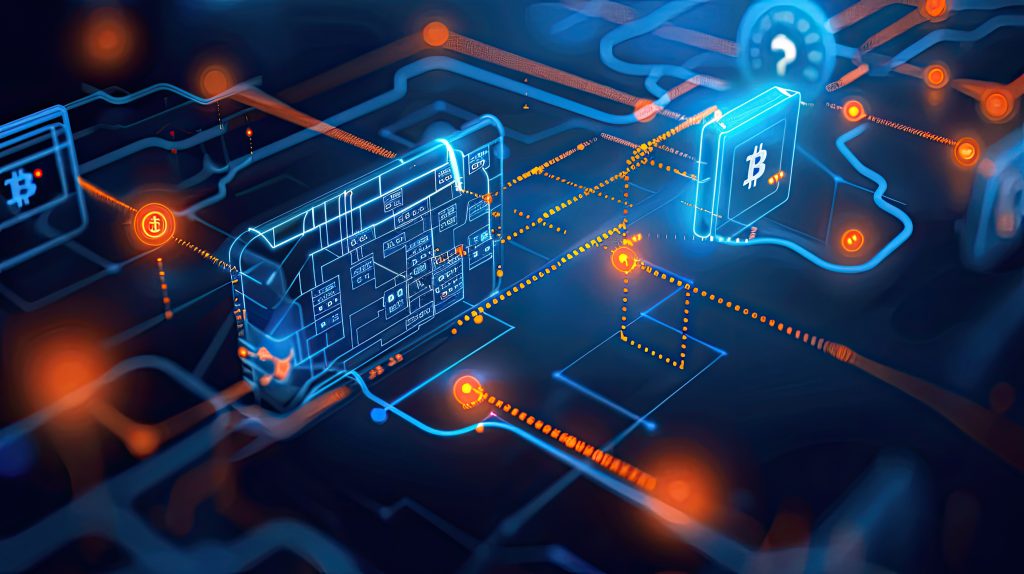AI & Edge Computing: Bringing Intelligence Closer to the Device

AI & Edge Computing: Bringing Intelligence Closer to the Device
Introduction
In 2025, one of the big shifts in tech is AI at the edge — running intelligent models not in distant cloud data centers but on devices themselves (phones, sensors, IoT gadgets). This shift is driven by demands for lower latency, privacy, bandwidth savings, and offline functionality. In this blog, we’ll explore why edge AI matters now, architectural innovations, key use cases, challenges, and where the edge-AI frontier is heading.
Why Edge AI? The Driving Forces
-
Latency & Real-Time Response
Many applications (autonomous driving, augmented reality, industrial control) require decisions in milliseconds. Cloud roundtrips can’t suffice. -
Privacy & Data Governance
Processing sensitive data (health, security, personal) locally reduces exposure and helps with compliance. -
Bandwidth & Cost Efficiency
Sending massive data (video, sensor streams) to the cloud is costly. Processing locally saves bandwidth and cloud compute cost. -
Reliability & Offline Capability
In unreliable connectivity zones (remote, rural, disaster areas), devices must work on their own.
Given these drivers, edge AI is not just a niche — it’s becoming a necessity.
Technological Innovations Enabling Edge AI
-
Model Compression & Quantization: Shrinking model size (8-bit, 4-bit quantization) without big accuracy loss.
-
TinyML & Microcontrollers: Running neural networks on extremely constrained hardware (microcontroller-class) for always-on inference.
-
Neural Architecture Search (NAS) for Edge: Auto-optimizing model architecture to balance latency, size, and compute constraints.
-
On-device personalization / adaptation: Models that adapt to user data locally over time.
-
Heterogeneous computing & AI accelerators: Specialized chips (TPUs, NPUs, AI accelerators built into phones or IoT chips) optimized for inference.
Already, companies like Silicon Labs are pushing AI tools and chips that embed intelligence directly into connected devices.
Use Cases & Impact
-
Smart Home / IoT
Devices like smart cameras, thermostats, and sensors can process voice, image, or anomaly detection locally — faster responses and less data leakage. -
Autonomous Vehicles & Drones
Cars and drones must perceive and act instantaneously. Edge AI ensures critical path tasks run locally. -
Industrial / Manufacturing
Real-time defect detection, predictive maintenance, and control systems all benefit from on-site AI processing. -
AR/VR & Wearables
Headsets and wearables need ultra-low latency to avoid motion sickness; local AI inference is key. -
Healthcare & Diagnostics
Wearables or portable diagnostics devices can flag anomalies without requiring cloud connectivity, improving speed and privacy.
Challenges at the Edge
-
Model constraints: Limited memory, compute, and power budgets.
-
Robustness: Edge devices operate in varied, noisy real-world conditions (temperature, sensor variation).
-
Update & security: Pushing model updates securely to devices, and protecting against adversarial attacks.
-
Energy consumption: AI workloads must be energy-efficient to not drain batteries or overheat.
-
Heterogeneity: Vast diversity in hardware makes portability and optimization difficult.
Future Directions
-
Edge-cloud hybrid systems: Partitioning inference and decision pipelines between edge and cloud dynamically.
-
Collaborative edge intelligence: Edge devices collaborating with peers (device-to-device inference sharing).
-
Edge training / continual learning: Not just inference, but light retraining or adaptation on the device.
-
Federated & decentralized learning: Training across devices without centralizing data.
-
Edge-native AI frameworks: More robust tooling and frameworks tailored for edge environments.
Closing Thoughts
Edge AI is shifting the AI landscape from centralized model serving to distributed intelligence. This evolution makes systems faster, more private, more resilient, and more efficient.
As our world becomes saturated with intelligent devices, the ability to run capable AI locally will be a differentiator. But the success of edge AI depends on innovations in model design, hardware, security, and system architecture.
